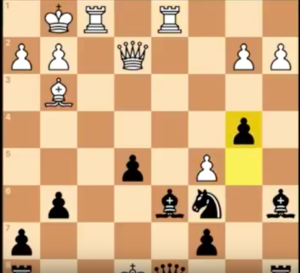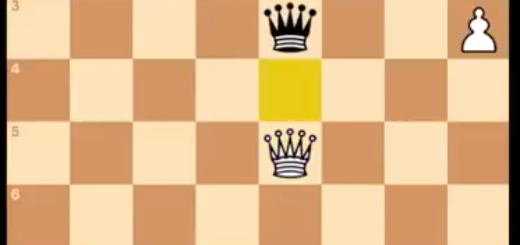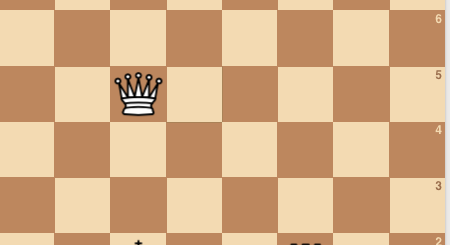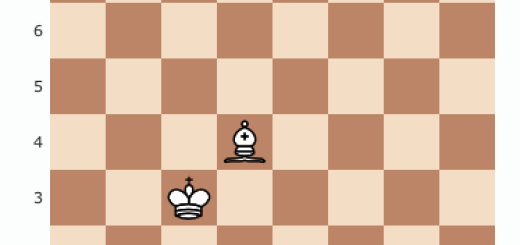Chess Match Archive 005: Learn Chess Strategy – Chess for Beginners & Intermediate
Chess Match Archive 005:
Learn Chess Strategy – Chess for Beginners & Intermediate
This is a about recent chess match I played that has some valuable lessons for beginner chess players and intermediate chess players.
The video of the game is posted below. (Actual game speed is slower than video.)
The chess match begins fairly standard. I gain a slight advantage at 18 seconds in, when I capture my opponent’s bishop, without my opponent capturing a piece of my own in return.
The game again is mostly trading pawns, and then around the 1 minute mark (the actual game speed is much faster in the video than the actual game), I manage to have my opponent right where I want them.
56 seconds: I move my pawn one space forward, with my bishop behind it. The goal is to capture either my opponent’s queen or rook, who are both in line of my bishops line of capture.
58 seconds: My opponent moves their pawn forward, rather than capturing my pawn. This places another one of my bishop’s in the line of capture.
60 seconds: I move my own pawn forward, and leave my bishop in the line of capture. The reason for this being that my opponent may capture my bishop, but my other bishop will now either capture my opponent’s queen or rook. As covered in how to play chess, a queen and rook are of higher value, and this is a much better capture for me than my opponent.
1:02: My opponent is more focused on capturing the bishop, and has lost sight of the other bishop. I now am in a position to capture my opponent’s queen. My bishop is now also in a position to capture one of my opponents rook’s. Without their queen, and on the verge of losing a rook as well, the game is essentially over. A few moves later, my opponent resigns.
Key Takeaway’s from this Chess Match:
- Never underestimate your bishop’s in a position to capture across the chessboard. Many times, your opponent will lose sight of this, and will allow you for a great capture, like in this match.
- Always keep an eye on your opponent’s bishop’s (and other chess pieces). You don’t want a capture like this happening to you.
- It’s ok to sacrifice pieces. I sacrificed my bishop in order to capture the queen. Had I been greedy and moved my bishop, my opponent may have then realized the queen was in line of capture with more time to look over the chessboard, and the move may have been lost.
- Be patient. Much of the game was the two us capturing each other’s pawns. Most chess matches are decided by only 1 or 2 mistakes. Be sure to check the board to make sure no mistakes are made. Likewise, pay attention for your opponents mistakes, and capitalize as soon as possible.




